If you’re trying to decide between outsourced managed IT support or in-house staff, you might be weighing the decision from every angle. Efficacy, cost, convenience: each business will have a different set of priorities. We’ll look at how you can best apply your criteria to give you the best possible chance of success.
Managed IT Advantages
Broad Expertise
- Server management
- Cloud services
- Hardware
- Applications
- Backups
- Help desk
- Security
- Network management
If something goes wrong, managed IT will assign the best technician to the problem. Plus, you’ll be able to call upon senior IT members if and when you need them. It’s essentially a one-stop-shop without having to pay for 10 full-time employees.
Versatile
Managed IT providers have dealt with countless applications, programs, hardware, and software. It’s rare to see them get stuck in the mud simply because they have so many clients. But on the off-chance they can’t immediately fix a problem, they also have access to a full team for extra advice and recommendations.
You also have the privilege of benefitting from all the clients who came before you. When a tech discovers a new issue with one client, they dig deep to find the best possible solution. From there, they can adapt that approach for the rest of their clients, implementing preventative measures that can drastically reduce security threats, network delays, and complaints across the board.
Scalable
This is the big word in technology today — mostly because it slashes tech costs to ribbons. Scalable means that small companies don’t have to pay for the same resources as a much larger business. With managed IT support, you don’t need full-time staff.
Whether you have several short-term projects throughout the year or seasonal changes in your workplace, you can just adjust as needed. You don’t have to vet every new person that comes in or hope that the last person you used is still available. It’s simply easier and faster to coordinate everything, plus you’re not compromising on the quality of your IT to do it.
If you only need a little assistance, you can size services to fit your needs. Entry-level technicians tackle the smaller stuff, senior-level staff fortify your entire network, and you save at every stage of the way.
Oversight
A managed IT support company needs powerful monitoring systems and tools if they hope to keep all of their clients’ needs under control. It’s why the staff has taken the time to research and test multiple products before choosing those that will be most effective for their many responsibilities.
It’s not easy to keep up with (or afford) the best possible products for a single company with a single IT technician. That tech will only have so much time and energy to go around to properly oversee every aspect of operations. After all, it’s hard to keep up with new tech developments when you’re so busy putting out fires.
Reliable Solutions
Your business has its own defining characteristics and quirks that set it apart from your competitors. But when it comes to your IT, there’s probably more overlap than you realize between your company and the one down the street.
A managed IT provider has already deployed solutions for numerous environments, and they’ve been exposed to nearly every possible problem. When the crux of a business is variety, as is the case of a managed IT provider, they have to learn quickly how to manage and deploy systems without the drama. It all adds up to better mitigation for potential risks and smarter tech choices all around.
Motivation
When you need to be involved, you’re already in the loop. When you’d prefer to take a step back, you can trust their work. They’re constantly improving to stay ahead of the game. Internal staff rarely have the same kind of motivating factors because they don’t need to constantly outperform in order to keep their jobs.
In-House
Customization
As incredibly adaptable and versatile as managed IT support is, sometimes your business really is too specific to have anything other than in-house support. If your product is both highly specialized and highly technical, it might make more sense to integrate a full in-house team into the company.
Cost-Effective for Large Companies
Managed IT support can be adapted for larger companies, but there is a threshold. If you need more than just a few technicians, it may be more affordable to hire a full team. This way, you still have access to a wide team of professionals with different kinds of expertise. Plus, you can hire senior managers to lead the way and entry-level workers to take care of the day-to-day.
Why Use Both?
Sometimes companies will hire an in-house team and take advantage of managed services at the same time. For example, maybe a very large business will want its own CIO to direct tech strategy and make overarching decisions for company-wide policies. However, the CIO may not want to be in charge of handling the help desk or assisting with computer upgrades for individual departments. In that case, they would hire managed IT support to take over.






